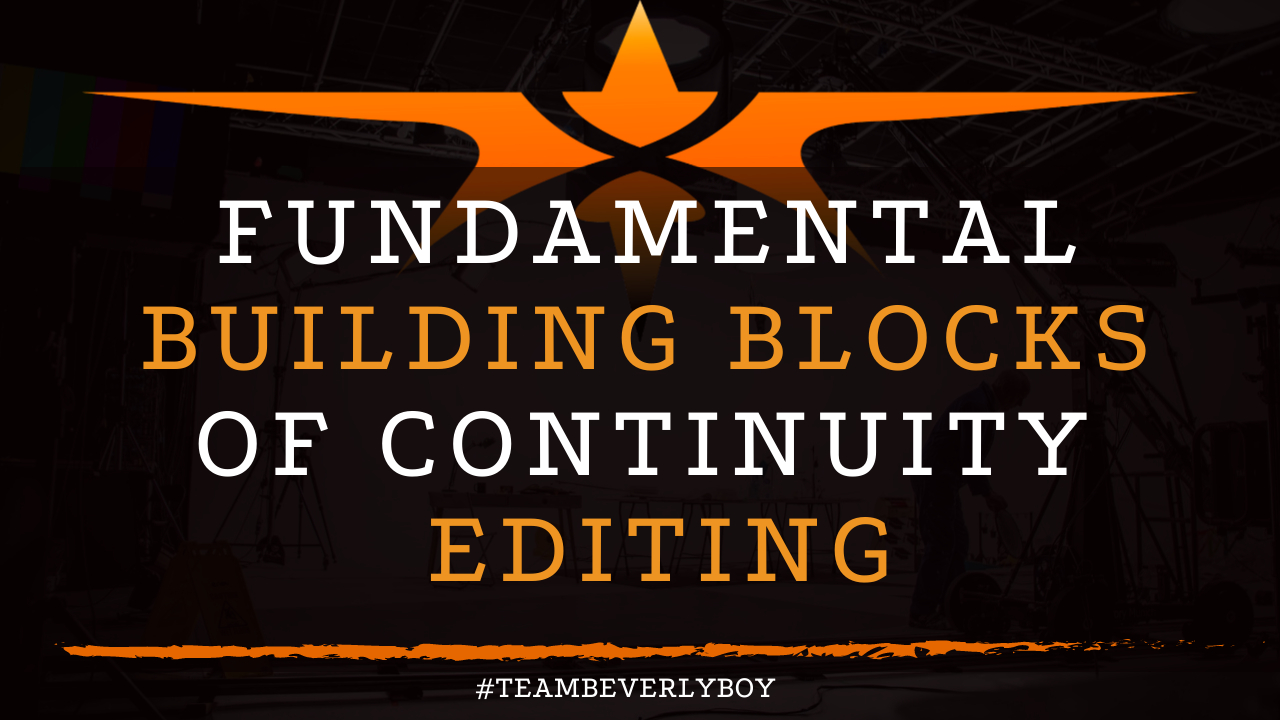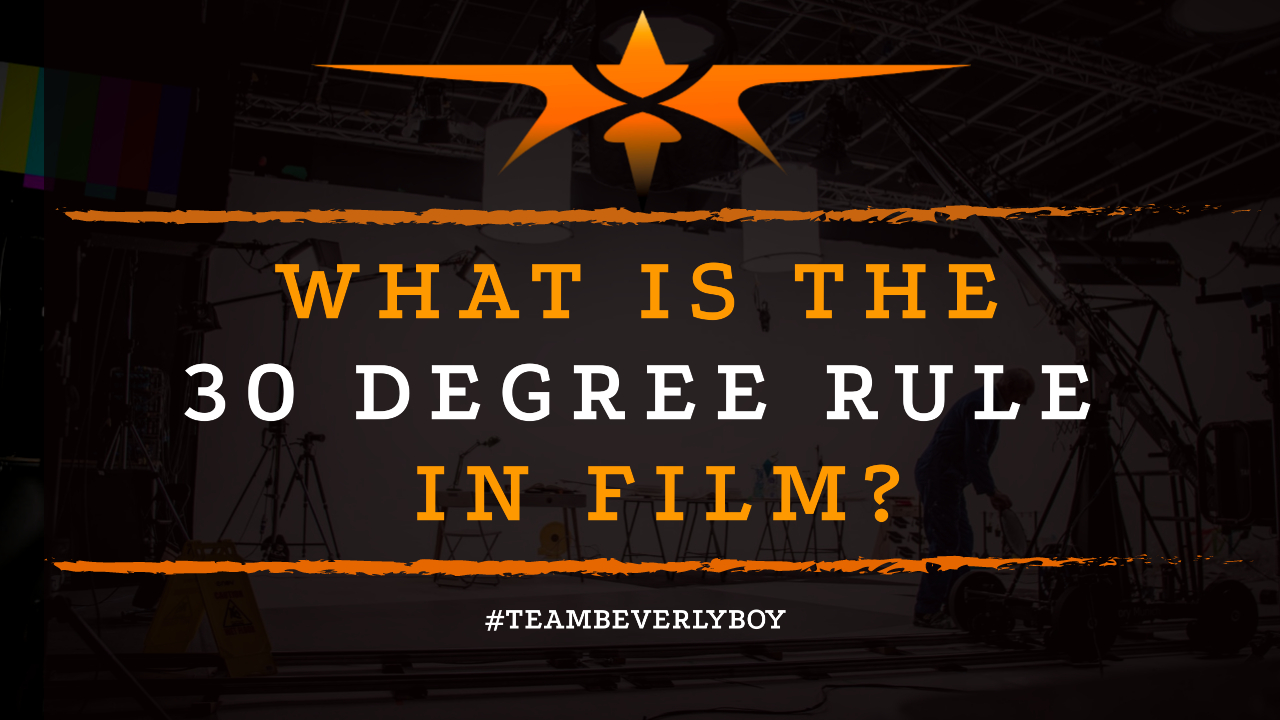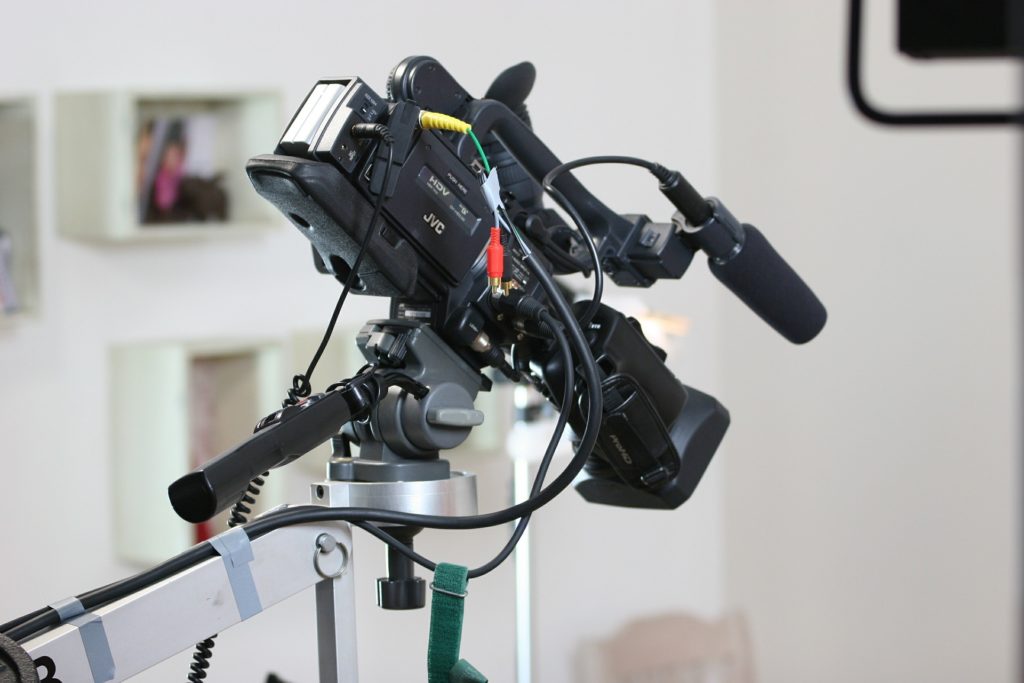
What are the Fundamental Building Blocks of Continuity Editing?
Continuity editing represents a unique approach in which filmmaking and the post-production editing that takes place within a film is considered a success if the audience cannot tell that any special filming techniques or editing tricks have been employed. The editor’s job is very important for the continuity of a film, but continuity editing actually begins long before post-production. In fact, the continuity editing takes place during production and potentially even in pre-production when shots are planned and sequences coordinated to ensure the appropriate delivery of a seamlessly told story that does not have any interruptions in time or space, but what are the Fundamental Building Blocks of Continuity Editing?

Continuity Editing inquiry here!
Understanding the actual building blocks of continuity editing can help you to become a better filmmaker. In fact, this is important for any filmmaker to understand whether you’re someone that wants to produce vlogs, short films, or feature movie productions. The editor of a film is responsible for maintaining the final illusion behind the film in which the audience will watch and focus on the story rather than the editing or mechanisms of filmmaking that are actually at work. But how?
The editor has the footage provided to them in post-production to work with and they have some basic essential tools and techniques. They can use various techniques in editing to help them achieve a consistency and flow, these are the Fundamental Building Blocks of Continuity Editing that represent the key elements of producing a film that maintains continuity. Let’s take a look at how they work together for the greater good of the finished film.
The 180 Degree Rule of Continuity
If you think of any scene or set, you can visualize characters and the camera as having a 180 degree line that separates the two. This is the first fundamental building block of continuity, and it’s an absolute must for any filmmaker to understand. According to the 180 degree rule, the camera should never cross the line when it is cutting between characters of the same space. But what does this mean?
Essentially, this building block of continuity is meant to orient the audience in relation to where characters are. Particularly, the 180 degree rule tells the audience where each character is in relation to each other, and in relation to the environment in which the filming is taking place. The imaginary line that cuts between the two characters in a scene ensures that the camera is always on the same side of the line or, within the same 180 degrees no matter how we cut.
Adjustments to, or breaking the 180 degree rule can leave the audience feeling disoriented and may cause confusion. While there are instances in which it’s okay to break this building block of continuity, it’s not recommended for the beginner!
The 30 Degree Rule of Continuity

In addition to the 180 degree rule, cinematographers that are working with multiple cameras on a set are also encouraged to follow the 30 degree rule, another major fundamental building block of continuity editing. The 30 degree rule states that even when a filmmaker adjusts the perspective of a camera view by switching cameras, they can avoid discontinuity, or breaking the continuity, by making sure that each shot is taken from 30 degrees or more. So the camera view should move 45, 60, 65, 80 degrees and so on as long as it moves at least 30 degrees there will be no major jarring or disruptions in continuity.
The Eyeline Match Technique of Continuity
When we answer the question, ‘What are the Fundamental Building Blocks of Continuity Editing in film?” one of the key building blocks that should always be discussed is the eyeline match. Eyeline match represents a technique in which the filmmaker seeks to show the audience what a character is looking toward even when the character appears to be looking off screen.
Eyeline match can be used for a variety of purposes, but it maintains continuity best if each shot maintains a consistent level from the eyeline perspective. So, if the camera looks towards a particular subject, the next shot should look away, towards another direction, from that same viewpoint or level.
The invisible eyeline, or line that comes straight out from the camera, should always be at the same height. Precision here is key to continuity.
Match Cuts & Match on Action

Another one of the Fundamental Building Blocks of Continuity Editing, and one that is often planned in advance, is the match cut or match on action. This represents an editing technique in which two shots are pieced together, such that the first shot cuts on a particular action and the second shot starts with the same type of action or a similar style of action.
For instance, one shot might end with a character standing up from a chair and the next shot might start with an object being picked up. The upward motion or action of both shots has similarity which creates continuity. Match cuts or match on action is used to create a number of different looks throughout the film while maintaining continuity.
Eye Trace Technique for Continuity
Finally, another fundamental building block of continuity editing in film is the eye trace. Eye trace is used to create the illusion of attention to a particular detail. Remember continuity editing is all about creating the illusion of time and space. Therefore, a filmmaker can draw the audience’s attention to a particular detail such as an object in a particular area of the screen and, they can use eye trace to keep the audience viewing at that particular area of the screen with the next shot. This ensures the audience will see something of importance by creating a match or trace in which their eyes are uniquely drawn to the importance on the screen for continuity and a seamless story.
These are the Fundamental Building Blocks of Continuity Editing that make up seamless visual experience for your audience. What other techniques do you use to maintain continuity editing?


